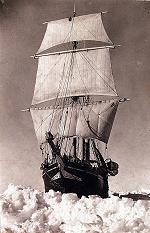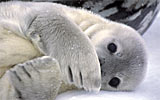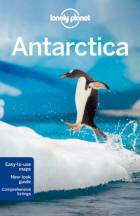 Ships and boats were the means by which the
early explorers of Antarctica reached the continent and often over-wintered.
They were very much the focus of Antarctic expeditions which were often named
after the ship that took the men, their provisions and their equipment to
Antarctica. Many landmarks in Antarctica are named after these vessels.
Ships and boats were the means by which the
early explorers of Antarctica reached the continent and often over-wintered.
They were very much the focus of Antarctic expeditions which were often named
after the ship that took the men, their provisions and their equipment to
Antarctica. Many landmarks in Antarctica are named after these vessels.
In the earliest days of Antarctic exploration,
the vessels were of course sailing ships, they rarely entered pack ice as the
ships means of propulsion was the same as that of the ice itself, so unless the
ice dispersed, great difficulty could be had in extracting the ship.
Later on, with the advent of the screw propeller,
ships became more able to enter, manoeuvre and make progress in pack ice. In
particular they could break through ice by reversing a short distance and then
going forwards again, repeating several times if required to break through.
The ships at the time were steam powered and this progress through ice was very heavy on coal and as Antarctica is so
far away from any port and supplies, for many years Antarctic vessels were
hybrids of steam power and wind. Wind was used wherever possible to conserve
the coal stocks for later on in the voyage.
Ideal Requirements for a Polar ship



![]() USA |
USA |
![]() UK
UK![]() Free world delivery
Free world delivery
![]() DVD |
DVD |
![]() DVD
DVD